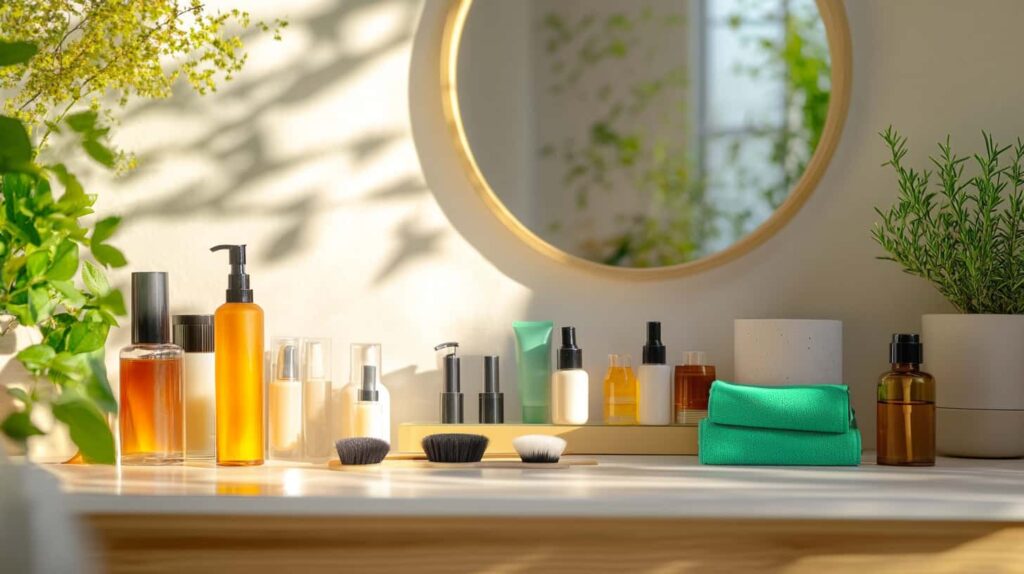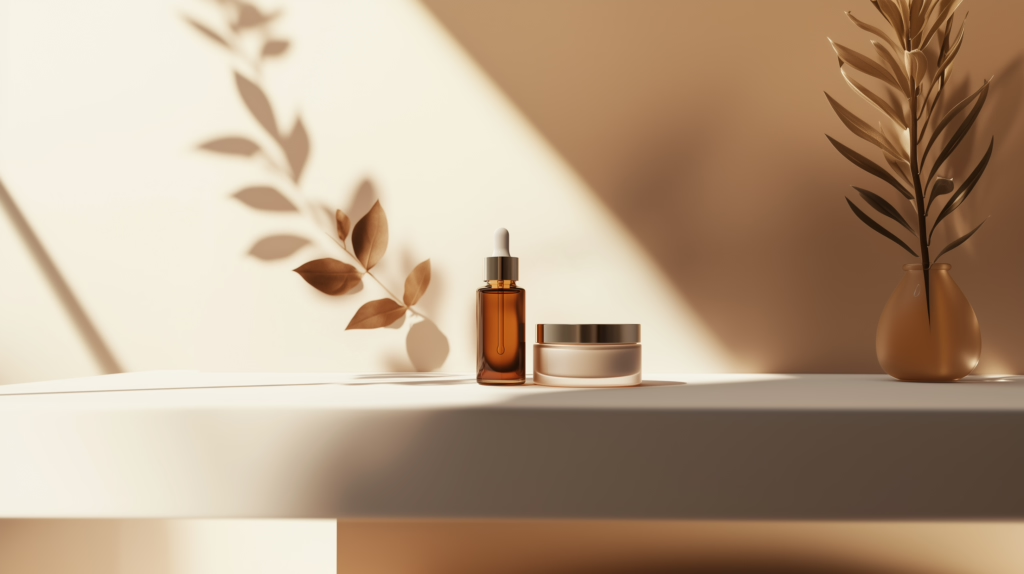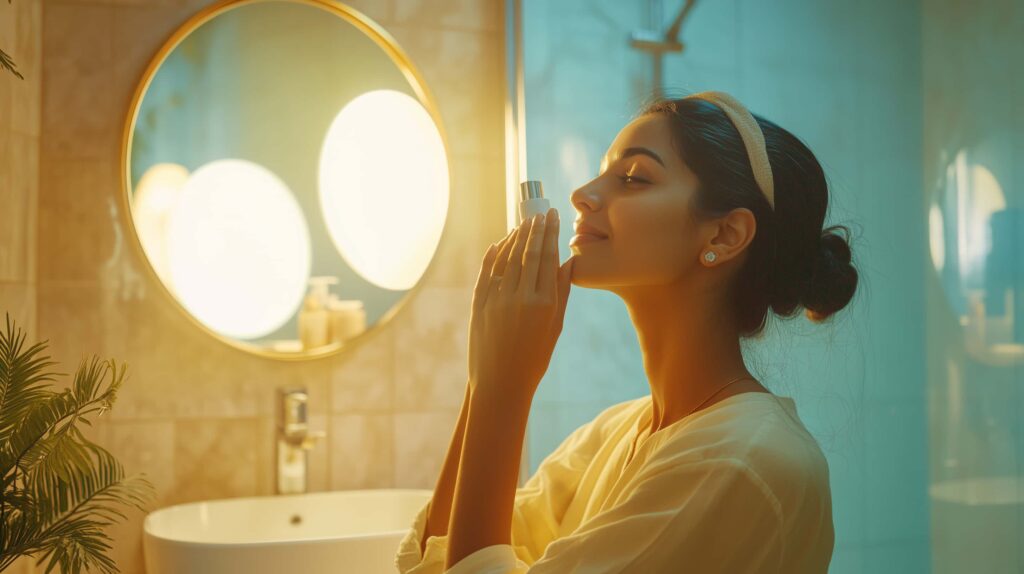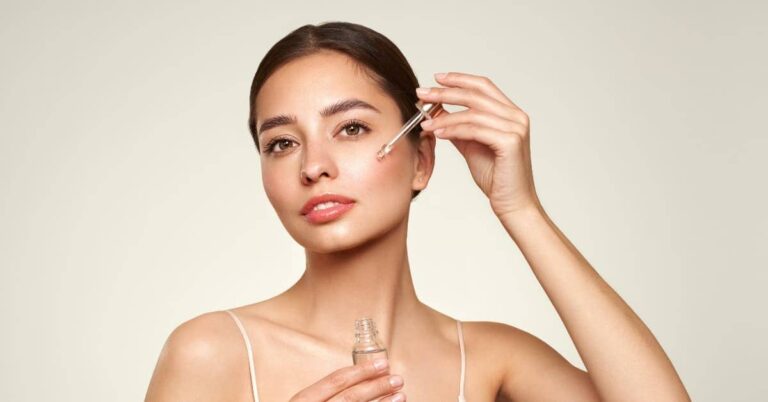Mixing & Matching Products: Is It Always Safe?

The Allure and Risks of Mixing Products
Have you ever been tempted to combine your favorite skincare serums or hair treatments, thinking more ingredients will lead to better results? You’re not alone. In a world where beauty trends evolve by the minute, mixing and matching products seems like an innovative way to achieve that perfect glow or luscious hair. However, while experimentation can be exciting, it also comes with hidden risks. Many of us have seen social media posts showcasing dramatic before-and-after images, luring us into trying complex regimens without fully understanding the science behind them.
Imagine starting your day with a cocktail of creams, oils, and serums that promise instant radiance—only to end up with irritated skin or an unmanageable hairstyle by the evening. The allure lies in the promise of rapid transformation, but when different ingredients interact in unexpected ways, the outcome may not be as magical as anticipated. This trend, while innovative, can sometimes lead to compromised skin barriers, allergic reactions, or even long-term damage.
In this article, you’ll discover why it’s crucial to understand both the benefits and potential hazards of product mixing. We’ll explore the hidden chemistry that plays out on your skin and hair, discuss common pitfalls, and provide you with practical tips to experiment safely. Our goal is to empower you with the knowledge you need to make informed decisions, ensuring that every beauty experiment enhances your natural beauty without unwanted side effects. Let’s dive in and unravel the science and secrets behind mixing products safely.

The Problem – When Mixing Goes Wrong
Mixing products might seem like a shortcut to achieving a flawless look, but it’s not always as effective as it appears. When you combine different skincare or haircare products, you may inadvertently create chemical interactions that lead to more harm than good. For instance, some actives may neutralize each other’s effectiveness or, worse, form compounds that irritate your skin. You might experience redness, breakouts, or even sensitivity if your skin barrier is compromised by conflicting ingredients.
Consider the scenario where you blend a potent vitamin C serum with a retinol cream. Both are celebrated for their benefits, yet when combined, they can cause excessive irritation, especially if your skin is not accustomed to strong formulations. This isn’t just a minor inconvenience—it can lead to long-term sensitivity and a disrupted skin balance. Similar risks occur with haircare products. Mixing a deep conditioning mask with a protein treatment without proper guidance may leave your hair overly stiff or even brittle over time.
Beyond the immediate physical reactions, there’s an underlying concern of misinformation. The beauty industry is flooded with trends and “miracle” combinations that promise instant results. However, not every combination is scientifically backed. Without a clear understanding of each ingredient’s role, you may be left with a routine that does more damage than good. It’s essential to recognize that every product is formulated with a specific pH, concentration, and intended usage. Overloading your routine with incompatible products can compromise not only the immediate benefits but also the long-term health of your skin and hair.
By understanding these risks, you’re better prepared to evaluate whether the product combinations you’re tempted to try are genuinely beneficial. This awareness is your first step towards a more thoughtful, science-driven approach to beauty.
The Science Behind Product Interactions
To navigate the beauty aisle wisely, it’s important to grasp the basics of how different products interact with one another. At its core, the effectiveness and safety of any product depend on its chemical composition and pH balance. Every product is meticulously formulated to work within a specific environment. When you start mixing products, you disrupt that delicate balance.
For example, many skincare products are designed with a specific pH range that helps maintain your skin’s natural barrier. Introducing another product with a drastically different pH can lead to a reaction, making your skin more vulnerable to environmental aggressors. Additionally, active ingredients like alpha hydroxy acids (AHAs), beta hydroxy acids (BHAs), vitamin C, and retinol are all powerful on their own. When used together without proper timing or layering, they might not only lose their effectiveness but could also cause irritation or inflammation.
Think of your skin and hair as a finely tuned ecosystem. Just as ecosystems can be thrown off balance by introducing an alien species, your routine can be disrupted by adding incompatible products. Simple analogies, such as mixing oil and water, can help you understand why not every product combination will blend seamlessly. Sometimes, even ingredients that are beneficial on their own can interact in unpredictable ways when combined.
Understanding the science doesn’t mean you need a degree in chemistry, but a basic awareness can guide your choices. Look for products that are designed to work together or consult with a beauty expert if you’re considering a complex regimen. By taking the time to understand these interactions, you ensure that each product in your routine complements rather than conflicts with the others, paving the way for both immediate benefits and long-term results.

Practical Tips for Safe Mixing & Matching
So, how can you safely navigate the world of mixing and matching without risking adverse reactions? The key lies in a careful, step-by-step approach that empowers you to experiment responsibly. First and foremost, always perform a patch test when introducing any new product or combination into your routine. This simple step can prevent widespread reactions and help you identify potential irritants before they cause significant harm.
Begin by introducing one product at a time. This method not only helps you monitor your skin’s response but also makes it easier to pinpoint the culprit in case any irritation occurs. If you’re considering combining two or more products, research each ingredient carefully. Look for compatibility clues—many brands now provide guidelines on which products work best together, often recommending specific order-of-application tips to maximize benefits and minimize risks.
Next, pay attention to the concentration levels of active ingredients. Sometimes, less is more. High concentrations can lead to overpowering reactions, especially when combined. Start with lower doses and gradually increase usage as your skin or hair adapts. Additionally, consider the time of day for applying certain products. For example, potent ingredients like retinol are best used at night, while antioxidants such as vitamin C shine in the morning. This separation can help avoid direct conflicts and allow each product to work at its optimal capacity.
Lastly, listen to your body. If you notice signs of irritation, dryness, or breakouts, it might be time to simplify your routine and reassess the combinations you’re using. Remember, the goal is to enhance your natural beauty while maintaining the health of your skin and hair. With these practical tips, you can experiment confidently, knowing that you’re taking steps to protect yourself and optimize results.

Expert Advice – Navigating Natural Skincare and Haircare
When it comes to beauty, expert advice can be your best ally. Top dermatologists and haircare professionals consistently emphasize the importance of understanding your products and their ingredients. Experts recommend that you adopt a natural and holistic approach—favoring products with clean, plant-based ingredients that have been proven safe and effective through research.
Many professionals stress that your skin and hair are unique. What works for one person may not work for another, and the same holds true for product combinations. Experts advise that you start with a simple routine and gradually introduce new products, rather than overhauling your entire system at once. This way, you can accurately monitor your skin or hair’s response and make informed adjustments.
Additionally, professionals suggest that you pay attention to the formulation of products. For instance, products that are pH-balanced and free from harsh chemicals are less likely to cause adverse reactions when used in combination. When in doubt, consult with a dermatologist or a beauty consultant who can provide personalized recommendations based on your skin type, hair type, and specific concerns.
Embracing natural ingredients also means understanding that while the benefits may take time to appear, they often lead to more sustainable results. Experts highlight that consistency, along with patience, is key. Instead of chasing quick fixes through complex mixing, focus on building a routine that supports long-term skin and hair health. With expert advice as your guide, you can confidently experiment while safeguarding your natural beauty.

Common Mistakes & How to Avoid Them
Even with the best intentions, many fall prey to common pitfalls when mixing products. One frequent error is assuming that more ingredients automatically translate to better results. In reality, combining too many active ingredients can overwhelm your skin or hair, leading to irritation and a disrupted natural balance. Avoid creating overly complex routines; simplicity often yields the best results.
Another mistake is ignoring the importance of product layering. The order in which you apply products matters—a thick moisturizer applied before a serum might prevent the serum from penetrating your skin effectively. Similarly, mixing oil-based products with water-based ones without considering their compatibility can reduce their effectiveness. Always check the manufacturer’s instructions or consult with a professional to ensure you’re layering products correctly.
Additionally, many overlook the significance of timing. Using strong actives at the same time can amplify their effects, sometimes resulting in severe reactions. Instead, alternate between products or use them at different times of the day. Failing to do so can not only diminish their benefits but also lead to cumulative damage over time.
A final common error is neglecting to perform a patch test. Skipping this step can result in full-blown allergic reactions that might have been easily prevented. Remember, a small test on your inner arm can save you from significant discomfort later. By avoiding these mistakes—overcomplicating routines, misapplying products, mis-timing active ingredients, and neglecting patch tests—you’ll be well on your way to a safer, more effective beauty regimen. Always approach mixing with caution and be mindful of your skin and hair’s unique needs.
FAQs – Your Top Questions Answered
Q1: Can I mix all natural skincare products together?
Not necessarily. Even natural ingredients can interact in ways that reduce effectiveness or cause irritation. Always research the ingredients and conduct a patch test before full application.
Q2: How do I know if my product combination is working?
Look for improvements in your skin or hair texture without signs of irritation. If you notice redness, dryness, or breakouts, reassess your routine and simplify your regimen.
Q3: Is it safe to mix products from different brands?
Generally, yes—if the products have compatible ingredients and pH levels. However, always check guidelines provided by the brands or consult a professional.
Q4: What should I do if I experience a reaction?
Immediately discontinue the products, rinse the affected area with lukewarm water, and consult a dermatologist if the reaction persists. Remember, prevention through patch testing is key.

Your Path to Safe & Effective Beauty Routines
Navigating the world of beauty doesn’t have to be a guessing game. By understanding the science behind product interactions and adopting a careful, informed approach to mixing and matching, you set yourself up for success. Your journey toward a flawless routine starts with knowledge—recognizing both the potential benefits and the risks involved.
As you experiment with new products, remember to start small, listen to your body, and embrace simplicity. With the practical tips and expert advice shared here, you can confidently create a personalized beauty routine that highlights your natural radiance while safeguarding your skin and hair. Empower yourself to explore, learn, and adjust—your natural beauty deserves nothing less.
Take the first step today by evaluating your current routine and making small changes that can yield long-lasting benefits. Stay informed, stay cautious, and most importantly, celebrate your unique beauty.
This comprehensive guide has been crafted to help you confidently explore the art of mixing products while prioritizing safety and effectiveness. Remember, the key is to balance innovation with caution—your journey to enhanced natural beauty is all about informed, gradual experimentation. Enjoy the process, and here’s to a radiant, healthy you!







